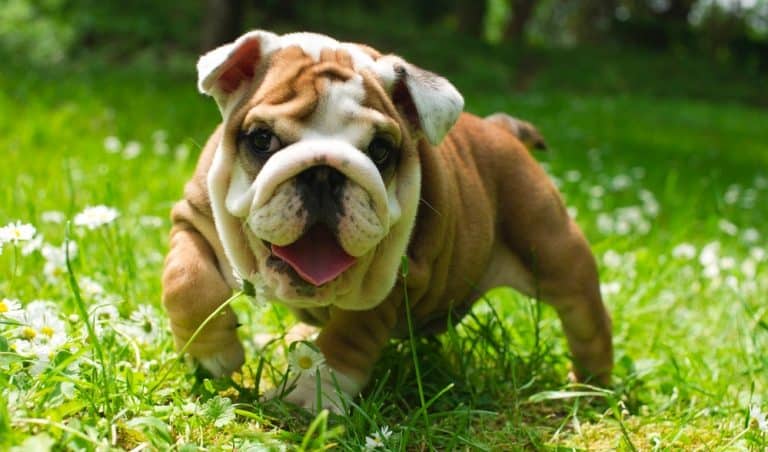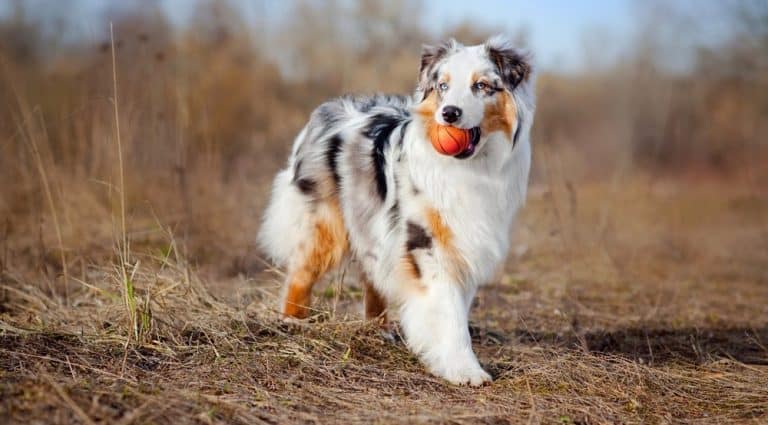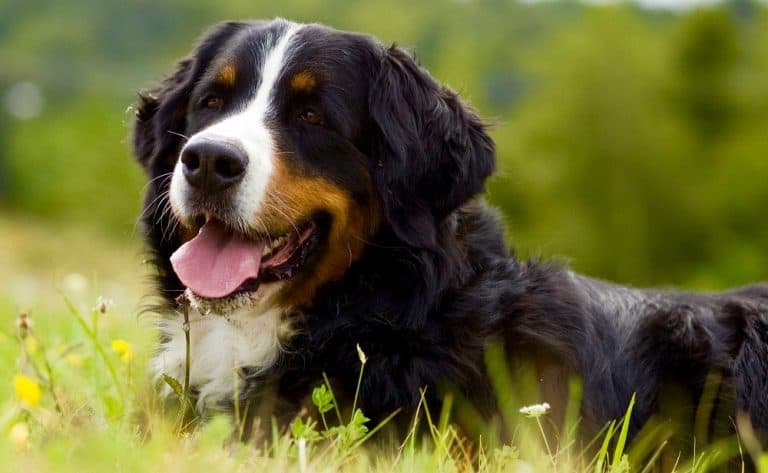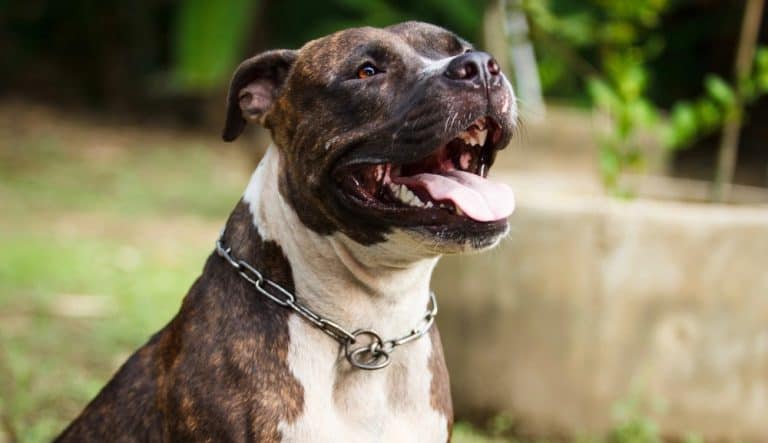Do Maltese Shed – Maltese Shedding & Grooming
The Maltese are a toy dog breed that is famous for its long white coat that hangs down to the floor. They are favored as companion dogs by many girls and women.
This dog has a sweet nature and but this alert little dog makes an effective watchdog.
Being one of the smallest of the toy breeds, the Maltese make excellent apartment dogs.
They absolutely love being with their humans and easily suffer from separation anxiety when left alone. They have a long history as companion dogs and need a lot of attention.
The Maltese is an affectionate family dog but these dogs don’t do well in families with small children partly because they are small and delicate and can easily get injured.
Their small built belies their fearless personality – it’s common to see a small Maltese take on a much bigger dog!
These dogs are not easy when it comes to house training – it can be tricky to housebreak them. They also tend to be fussy eaters. With their long coat, do Maltese shed a lot? You might be surprised at the answer.
Do Maltese Shed A Lot?
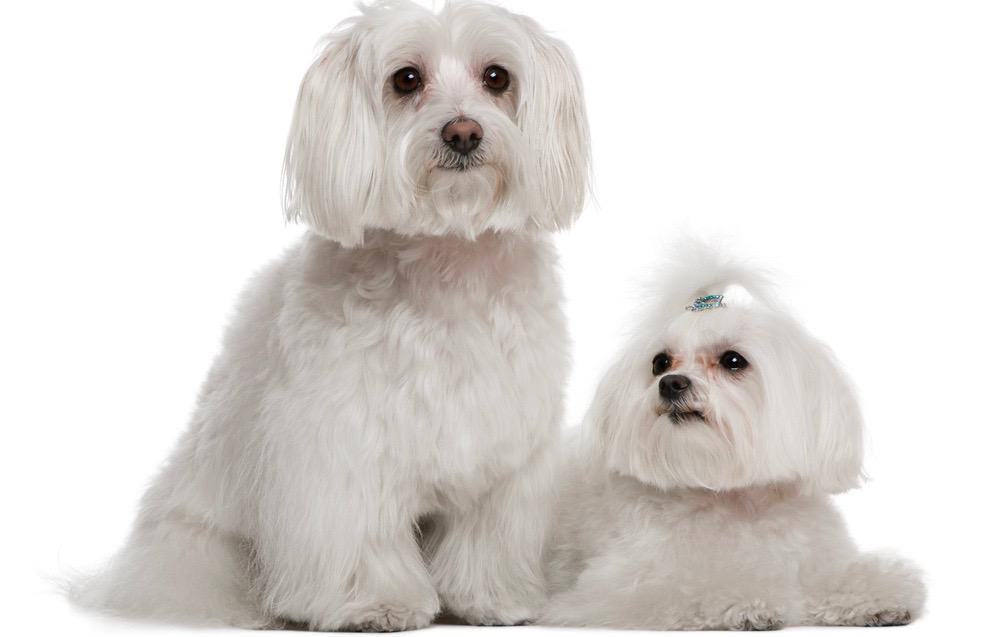
With their long coat that hangs down to the floor, you would expect the Maltese to shed a lot. Actually, Maltese shed a little. This is because the Maltese has a special coat that is different from the usual dog coat.
The Maltese have a single coat. This means that unlike most dogs, which have fur, the Maltese have hair, which is a lot like human hair.
He has a single coat, rather than a double coat. Because he doesn’t have an undercoat, the Maltese doesn’t shed when the seasons change.
Just like human hair, a Maltese loses its hair throughout the year. So, you may see some hair on the floor and furniture throughout the year, but not a lot.
Maltese Shedding Frequency
Maltese shed but they don’t shed a lot. The breed is categorized as a low-shedding breed. This breed has a single coat, so there is no second undercoat, which reduces the volume of hair that the Maltese shed.
So when the seasons change and other dogs shed their undercoats, Maltese dogs don’t shed more than usual. They shed to the same degree all year round.
There is never a lot of hair that falls out. However, owners do note that when they brush their dog’s hair, the brush is full of hair, but that takes care of any hair that would have fallen out that day.
One hardly ever sees Maltese dog hair on furniture and clothes if the dog is brushed every day.
The Main Reasons Maltese Shed
There are a number of situations that might cause your Maltese to shed.
Bathing too frequently – You may be tempted to bathe your Maltese often to keep its long hair clean and tidy, but this is a mistake that can lead to shedding. Don’t bathe your dog more than twice a month.
Frustration – It is common for dogs to lose their hair when they are frustrated. Frustration can be triggered by many things, including separation anxiety, boredom, a new pet sibling, and stress between the humans in the family.
When a dog is stressed or frustrated, chemicals are released which may cause it to shed.
Food – Maltese are finicky eaters and if they don’t like their food, they may start shedding in protest. Your dog may also start shedding when you change his food.
It could also mean that you dog is not getting proper nourishment from the food you’re feeding him.
Grooming – As mentioned earlier, grooming can cause your Maltese to lose hair, especially if you bathe your dog and then brush its hair. This is normal and not a reason for concern. We all lose some hair in the shower!
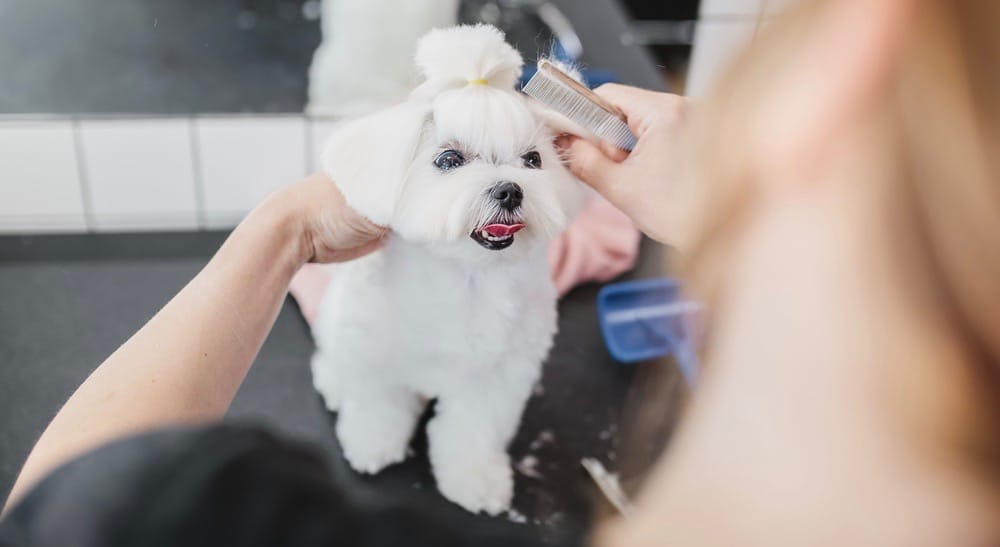
Allergies – Allergies can cause hair loss. This is a difficult issue to resolve as allergies can be caused by literally anything – from house dust, grooming products, ingredients in food, to plants and insects, you name it.
Health problems – In addition to skin conditions like alopecia, hyperthyroidism can also cause your dog to start shedding. Skin infections caused by mites and fleas are also known to cause dogs to shed their coats.
How To Manage Your Maltese Shedding
Brushing
It’s very important to regularly brush your Maltese dog’s coat. Brushing takes care of the tangles that tend to develop as well as debris that get stuck in the hair.
How frequently you need to brush the dog’s coat depends on the length of its hair. Short hair should be brushed every third day, moderately long hair must be brushed every second day, and long hair must be brushed every day to avoid unsightly tangles and matting.
If long hair is not brushed every day, it will be painful for the dog when you get around to untangling its hair.
Most owners use a pin brush to groom their Maltese. The long pins on these brushes can penetrate deep enough into the coat to effectively untangle the hair.
Alternatively, you can first use a comb to comb the hair before you brush it. A comb also does a better job of the hair on the face and paws. Stainless steel combs work the best.
Shampoo & Bathing
Bathing your Maltese serves two purposes: keeping it clean and removing loose hair. While you want that beautiful white coat to always look pristine, you shouldn’t bathe your dog more than twice a month.
Bathing your dog more often would dry out its skin and might cause it to shed excessively. Also, frequent baths tend to remove essential oils necessary for a healthy coat.

As for shampoo, consider using a natural oatmeal-based dog shampoo. Some owners go for shampoos specially formulated for white dogs. Some people even go for whitening shampoos.
If you decide to use a whitening shampoo, make sure you buy a high-quality shampoo that doesn’t contain harsh chemicals.
Diet
Buy dog food specially formulated for small dogs. The first listed ingredient should be protein and the source of the protein should be clearly stated: chicken, not poultry meal; beef, not meat meal.
The food should include omega-fatty-acid-rich ingredients to keep your dog’s coat and skin healthy and it should be fortified with vitamins, minerals and probiotics to support your dog’s immune system. The food should consist of “small-bite” kibble specially made for small breeds to chew.
Supplements
A dog that is enjoying a balanced diet, has no health issues, and does not experience stress or anxiety, probably doesn’t need a supplement.
However, if you are feeding your dog from your table or cooking food for him, you probably need to add a good multivitamin to his diet.
Many mature dogs develop osteoarthritis because the body produces less glucosamine and chondroitin as it ages. As a preventative measure, you might consider putting your dog on a good joint supplement.
If your Maltese has skin issues, you can give it a supplement that contains omega fatty acids.
Maltese Coats
Maltese dogs have a long, silky, pure white coat that hangs down to the ground and gives the Maltese a distinctive appearance. The breed is not a heavy shedder and it’s easy to take care of its coat.
Many owners keep their dog’s coat short coat as it takes a lot of time and effort to maintain a long coat. When the coat is allowed to grow down to the floor, it tends to get more tangled and also pick up more debris, much like a broom would.
There are loads of cute hairstyle ideas for Maltese online for those owners who have the time to groom their dogs on a daily basis.
Do Spayed & Neutered Maltese Shed Less
The Maltese is a light shedder. Shedding is not a major issue with these dogs and spaying and neutering don’t seem to affect shedding.

Do Maltese Puppies Shed More Than Adult Dogs
Maltese dogs do not have an undercoat and shed very little. They have long hair that fall out throughout the year. Puppies and adult dogs shed about the same.
Both puppies and adult coats need regular brushing to keep them from getting matted. Many owners tie the hair on the head in a topknot to keep it out of the dog’s eyes or trim it short, which looks really cute.
Are Maltese Hypoallergenic
The Maltese are considered a hypoallergenic dog. Its hair is a lot like human hair. These dogs have a single-layer coat so they don’t have any fur to shed.
It is the undercoat in dogs that have double coats that cause allergy problems for humans, because the undercoat holds onto dander. Dander consists of old hair, dead skin flakes, body oils, and dust. It is dander that people are allergic to.
If you tend to suffer from allergies and want to have a dog, a Maltese would be an excellent choice for you. They don’t shed a lot and they don’t have an undercoat that collects dander.
Do Maltese Smell
Maltese are listed as one of the breeds that do not smell. They are small dogs and easy to bathe and keep clean. If you don’t brush your dog’s hair regularly though, its coat will pick up all manner of debris that will make your dog smelly.
Also, with these dogs there is a danger that feces or urine may dirty the dog’s long hair when it relieves itself. You might want to pay attention to that and wipe your dog’s bottom.
Regular baths will get rid of excessive body oils that might cause a smell.
Does Maltese Shed More Than Yorkshire?
Both breeds don’t shed much, however, Yorkies and Maltese need a lot more grooming than other dogs.
If you have a Yorkie or a Maltese, you will need to brush your dog’s long hair every day, or you can choose to have the hair cut short.
Maltese and Yorkies share one problem: they develop tear stains under their eyes which can look very unsightly. It’s more noticeable on Maltese because of their pure white coats.
Many owners purposely put their dog’s hair in hair clips so the hair doesn’t irritate the dog’s eyes. One solution is to keep the facial hair short, dry, and clean, wiping the face regularly.
Maltese Shedding FAQs

What Time Of The Year Do They Shed The Most
Most dog breeds tend to shed more in spring and fall, however, Maltese are not seasonal shedders. They don’t have fur like other dogs and they don’t have an undercoat.
What they have growing on their bodies more closely resembles hair. They simply lose their hair year-round, just like humans do.
How Bad Is Maltese Shedding To Deal With
Maltese shed very little. In fact, if you give your Maltese a quick brush every morning, you’ll probably catch most of the hair in the brush that would have fallen out on that day and you won’t see any hair on the floor, your clothes, or the furniture.
If you want to have a dog that doesn’t shed a lot and won’t dirty your home with dog fur, a Maltese is the dog for you.
How to Brush Your Maltese At Home
It’s important to use the right brush to groom your dog. As your Maltese has a single coat of hair, you need a pin brush with rounded tips that will penetrate your dog’s coat without hurting his skin.
Also, find a comb with round tips because some areas will need to be combed first.
Start with the rear, feet and tummy, and then move on to the tail. Use a comb to do your dog’s face. Remove tear stains with a wet cotton ball.
When brushing the body, hold the hair down, and start combing at the end of the hair to remove tangles. End up brushing the whole length of the hair.
Make the task easier by tackling small areas of hair at a time. For excellent illustrations on how to take care of your Maltese’s coat, consult YouTube.
Final Words
A Maltese is a delightful little dog, very affectionate, devoted and alert. However, its long hair requires a lot of effort to keep in top condition and prevent unsightly tangling and matting. Even if you brush your dog’s coat every day, he’ll still get tangles.
On the other hand, a Maltese doesn’t shed seasonally and you won’t be faced with fur in your home, or on your clothes.
If you want a clean dog that doesn’t shed, a Maltese is a good choice, but keep in mind that you’ll need time to take care of his coat. On the plus side though, with a regular grooming regime, you’ll have a spectacular-looking dog.

